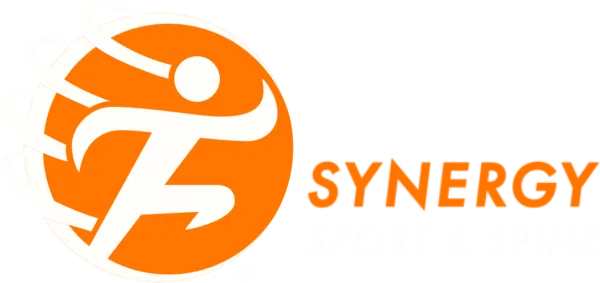Dry needling is based on the concept of myofascial trigger points, which are hyperirritable points within muscle tissue that can be felt as knots or nodules. These trigger points can cause pain, muscle tension, and restricted movement. By inserting needles directly into these trigger points, dry needling aims to elicit a therapeutic response and alleviate symptoms.
Here are some key points about dry needling:
- Technique: During a dry needling session, the practitioner inserts a thin needle directly into the trigger point or tight muscle band. The needle is typically made of stainless steel and is much finer than those used in injections. The depth of needle insertion can vary depending on the location and depth of the target tissue.
- Physiological Effects: The exact mechanisms of how dry needling works are not entirely understood. However, it is believed to have several effects, including local mechanical stimulation, biochemical changes, and neurophysiological responses. The needle insertion can stimulate sensory nerves, promote blood flow to the area, and trigger the release of endorphins, which are natural pain-relieving substances.
- Pain Relief and Muscle Function: Dry needling aims to reduce pain and muscle tension associated with trigger points. The treatment can help release tight muscles, improve flexibility and range of motion, and restore normal muscle function. By targeting specific trigger points, dry needling may provide both immediate and long-term pain relief.
- Complementary Technique: Dry needling is often used in conjunction with other therapies, such as manual therapy, exercise, and rehabilitation programs. It can be a part of a comprehensive treatment plan to address musculoskeletal conditions, sports injuries, chronic pain, or other related issues.
- Safety and Training: Dry needling should be performed by qualified healthcare professionals who have undergone specific training in the technique.
It’s important to note that dry needling is different from traditional acupuncture, although they both involve the use of needles. Dry needling primarily focuses on addressing myofascial trigger points and musculoskeletal conditions, while acupuncture is rooted in traditional Chinese medicine and follows a holistic approach to restore the balance of energy (qi) in the body.
